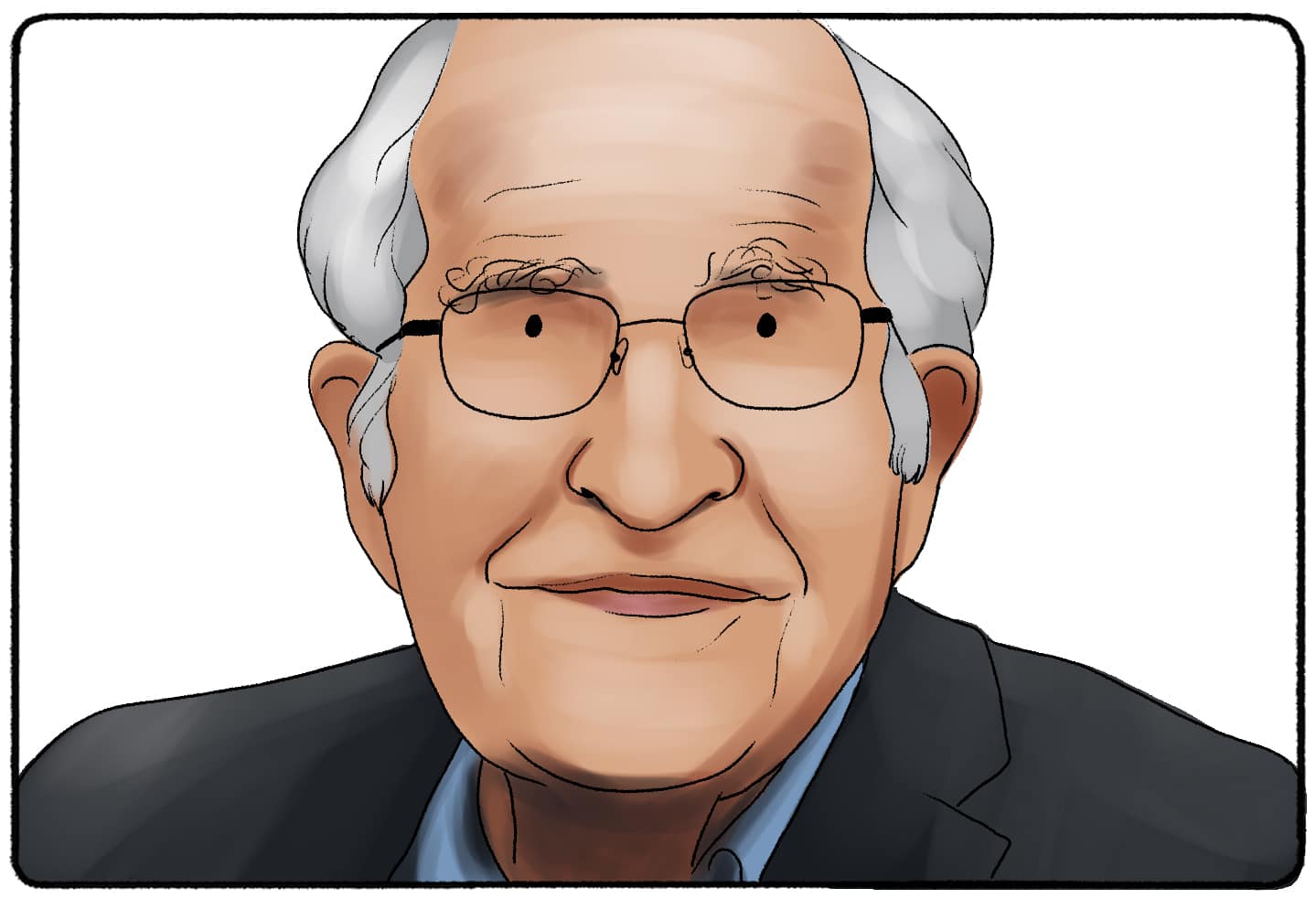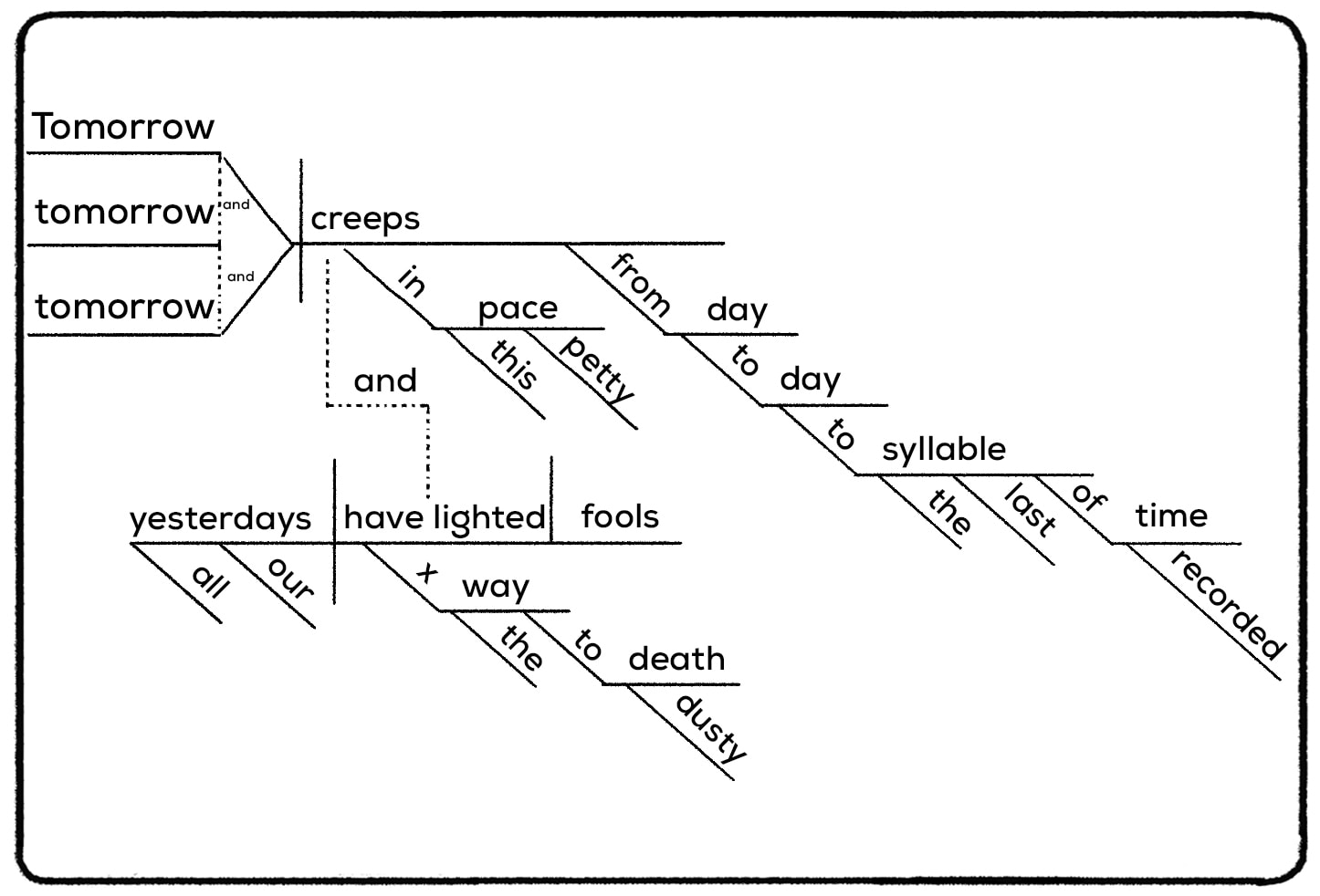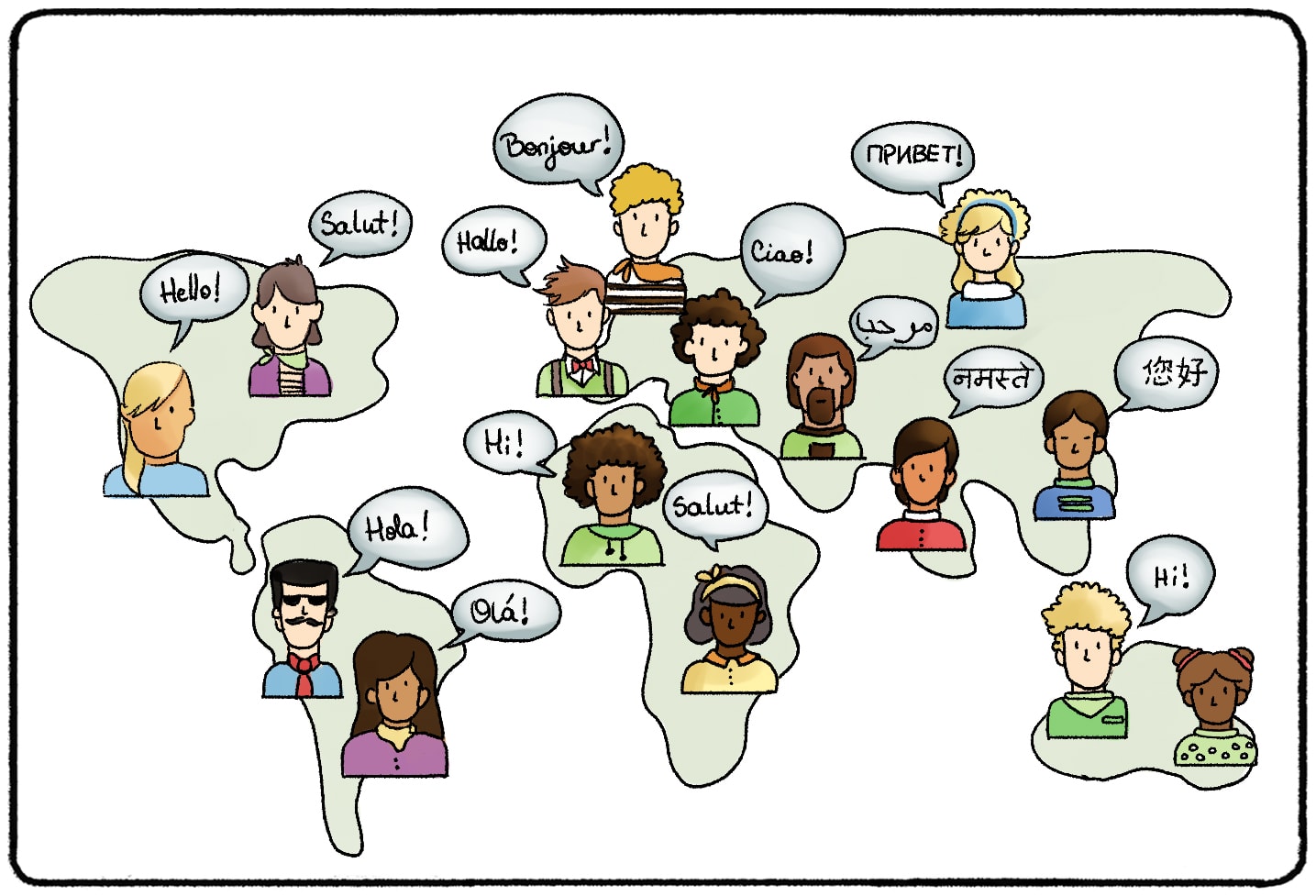One of the greatest debates in psychology is that of nature vs. nurture. Are skills, traits, and behaviors the result of something within our genes? Or are we simply influenced by the environment we grow up in and the experiences we have? Noam Chomsky's universal grammar offers an opinion on this debate!
What Is Universal Grammar?
Universal grammar argues that some skills come from innate abilities, passed down through generations. Specifically, Chomsky proposed that every child is born with the ability and structural knowledge that allow them to adopt any language. These rules include the ability to string together a sentence that makes grammatical sense.
Universal grammar, according to Chomsky, is separate from the senses. Many nativists compare our ability to understand and learn languages to our ability to see, hear, or taste.
History of Universal Grammar
In the early 1960s, behavioral psychologists leaned more toward the "nurture" side of the nature vs nurture debate. They believed that behavior was shaped by a set of recurring stimuli, rewards, and punishments. This process worked for both children and adults. If, for example, a child got candy every time they successfully used the toilet, they would continue to use the toilet.
Incentives like candy can certainly get a child to perform this simple act, but what about more complex behaviors? In 1965, American linguist Noam Chomsky offered a response to behaviorist thinking at the time. He proposed a theory known as Universal Grammar, a nativist approach to linguistic development. But not everyone agrees with this theory.

Does Universal Grammar Exist?
Take note that we are talking about a universal grammar, not a universal language. Clearly, not all children grow up with the ability to speak and understand English, or Urdu, or Spanish. But research on universal grammar does suggest that children develop language skills in similar ways.
One study in particular analyzed the babbles that babies use as they start to form words. These babbles were more likely to include certain sounds and syllables, no matter where the child was from.
Remember, this was a response to the behaviorist ideas at the time. If children’s ability to learn was based off of previous experiences, how could they understand full sentences that they had never heard before? Chomsky believed that this ability came from these structures. A child would know that the sentence “ran cat away the today” does not make sense. But they recognize “the cat ran away today,” even if they had never heard that sentence before. How do we all know that the first sentence makes no sense, and the second one does? Why does the sentence “Crazy hats party on the ceiling” sound like a legitimate sentence, even though the words in it make no sense?

Revised Versions of Universal Grammar
Noam Chomsky is an American linguist. His work in the 60s focused primarily on the English language and other European languages like it. Sure, French and English are different languages. The adjectives in French go after the nouns in most sentences. But it’s still easy to see how a child can identify a “correct” sentence and develop language at the phenomenal speed that they do.
For a while, Chomsky’s theory was widely accepted. In fact, it turned theories of linguistic development on its head. But when considering languages outside of Europe, things became more confusing.
European languages tend to pair the subject of the sentence and the action they are doing in a similar structure. They follow a structure known as nominative–accusative alignment. But there is another type of alignment known as ergative–absolutive alignment. This treats subjects, objects, and different kinds of verbs in different ways.
Languages like Basque, Mayan, and Nepali Sign Language all use ergative-absolutive alignment. The presence of these languages challenged the idea of a universal grammar, requiring Chomsky to go back to the drawing board in the 1980s. Instead of finding a universal grammar, Chomsky and other nativists sought to find universal principles or parameters that could be found in all languages.
Recursion
This is not the only time that the theory of universal grammar has undergone revisions. In 2002, Chomsky once again revised the theory to purpose that there was one system that was innate to humankind. It’s known as “computational recursion.”
Now, only one language has threatened to dismantle Chomsky’s ideas of recursion. It belongs to an Amazonian tribe called the Pirahã. This language is truly unique. The Pirahã language only uses eight consonants and three vowels. Tones, humming, and extended syllable length create the language. You might know it as a language that does not use numbers. While previously, Pirahã was understood to have words for “one” and “two,” it is believed now that they only have words for smaller quantities and bigger quantities.
Since Chomsky’s first version of universal grammar was published in the 1960s, it has undergone many changes. Chomsky has taken a much more minimalist approach, but still asserts that the ability to understand and use language is an innate language given to all humans.
Many of his supporters compare this to the ability to taste. We all have the ability to taste salty, bitter, sweet, and sour foods. While some countries do not put salt or high amounts of sugar into their food, they still have the ability to taste it if they did come across those ingredients.

Chomsky’s Universal Grammar shows just how a popular theory can change when presented with more information. By looking just at European languages, it appeared that universal grammar did exist naturally in the human brain. After examining and considering the over 6,000 languages spoken in the world today, the idea has had to change and account for different structures.
So is language development a process that happens by nature or nurture? The debate rages on.



